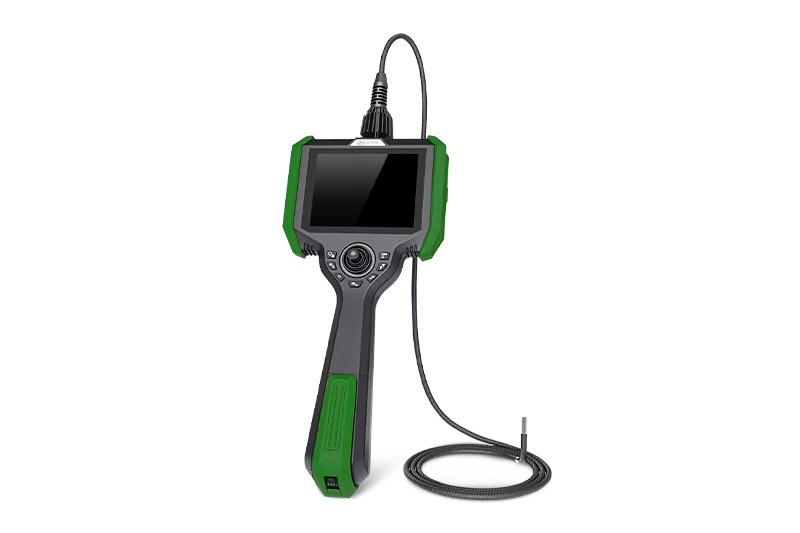Want to know more?
Don't miss any product updates on our industrial borescopes

Industrial borescope
solution service provider
Company Address
Office : 18F, Pingshanshouzuo, Pingshan District, Shenzhen,Guangdong
Contact Info
Ph: +86-0755-89588241

1. The role of endoscopic detection in status monitoring
Condition monitoring requires the collection and analysis of actual data. Engineering and technical personnel use aircraft engine performance analysis software provided by the engine manufacturer (such as Adept software from GE in the United States and Compass software from RR in the United Kingdom) to monitor its main performance parameters (engine exhaust temperature, fuel flow rate, core engine speed, and vibration value). Analyze the engine performance and potential damage based on the changes in various parameter quantities. The relevant engine maintenance manual requires regular or irregular inspections of the internal condition of aviation engines, and provides detailed endoscopic inspection reports to comprehensively evaluate the engine and determine whether it meets airworthiness requirements.
In late March 1999, during performance monitoring of an engine, it was found through analysis software (ECTM) that the temperature between the turbines increased by 50 ℃ within six months, resulting in a serious decline in engine performance and being replaced. Foreign experts conducted an endoscopic inspection of the hot components of the engine and found two cavities formed by erosion at the outer joint of the high-pressure turbine guide segment. The cavities are approximately 2mm wide and 4-Smm long. During the monitoring process of an aircraft engine, it was found that the core engine speed had decreased. After comprehensive evaluation, it was believed that the performance of the high-pressure turbine had severely deteriorated. Endoscopic inspection revealed that two top pieces of the first stage high-pressure turbine blades were melted. Practice has proven that endoscopic inspection plays an important role in diagnosing internal damage in aviation engines in condition monitoring.
2. Endoscopic detection range
The aviation engine is the heart of an aircraft, and its most prone areas of failure are the high-pressure compressor, combustion chamber, and high-pressure turbine. Without disassembling the engine, it is impossible to access these hot components. Endoscopic inspection technology provides a very effective method for maintenance personnel to check the internal condition of the engine. In general, industrial video endoscope manufacturers classify endoscopic inspection into three types: regular inspection, targeted inspection, and expanded area inspection.
3. The importance of endoscopic examination records
1) Provide a basis for aircraft engine fault analysis
2) Provide a basis for aviation engine repair
3) Provide valuable information for aviation engine manufacturers
4. Conclusion
The maintenance cost of aviation engines usually accounts for more than half of aircraft maintenance costs. Reducing the maintenance cost of aviation engines while ensuring airworthiness is a concern for all airlines. Video endoscopic inspection, as an important means of maintenance, plays an important role in reducing the cost of aviation engine maintenance and is the foundation of aviation engine maintenance.

Industrial borescope
solution service provider